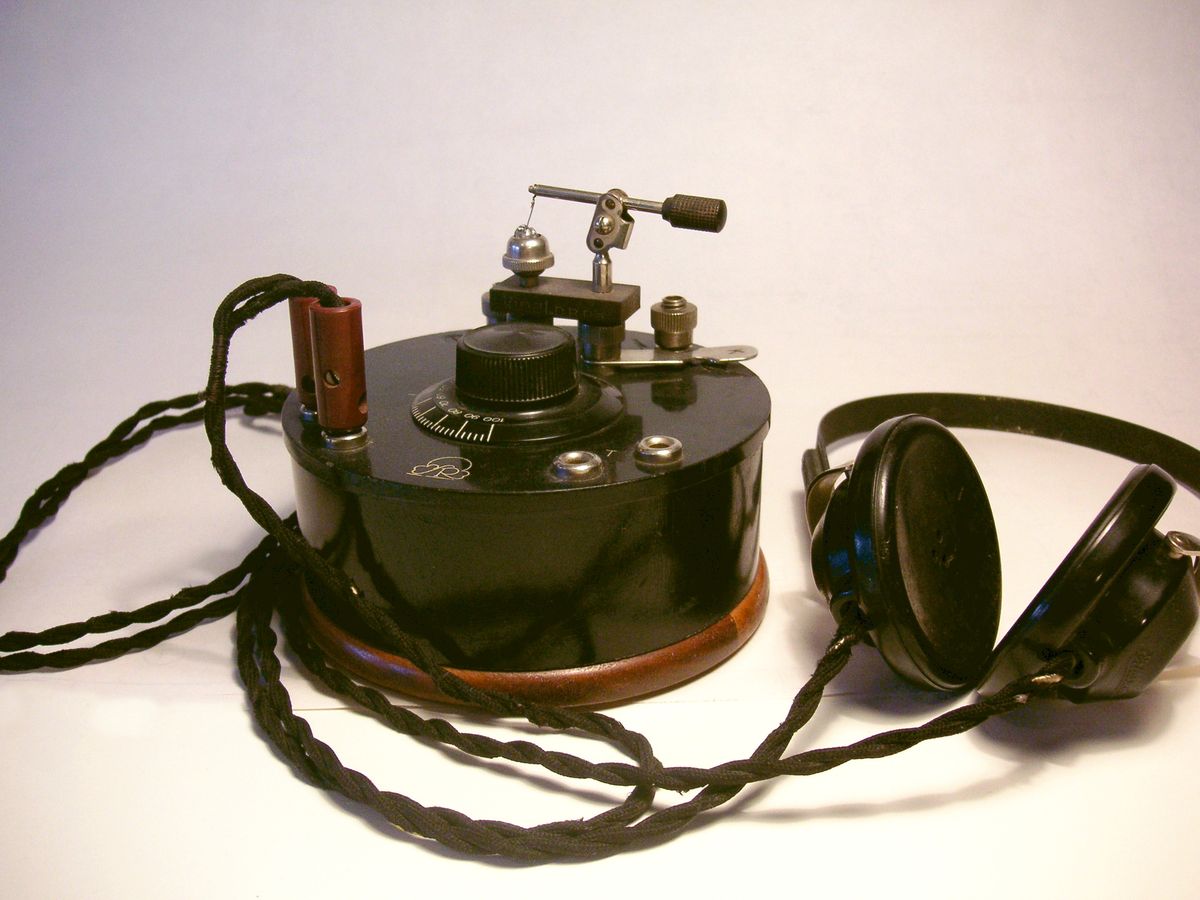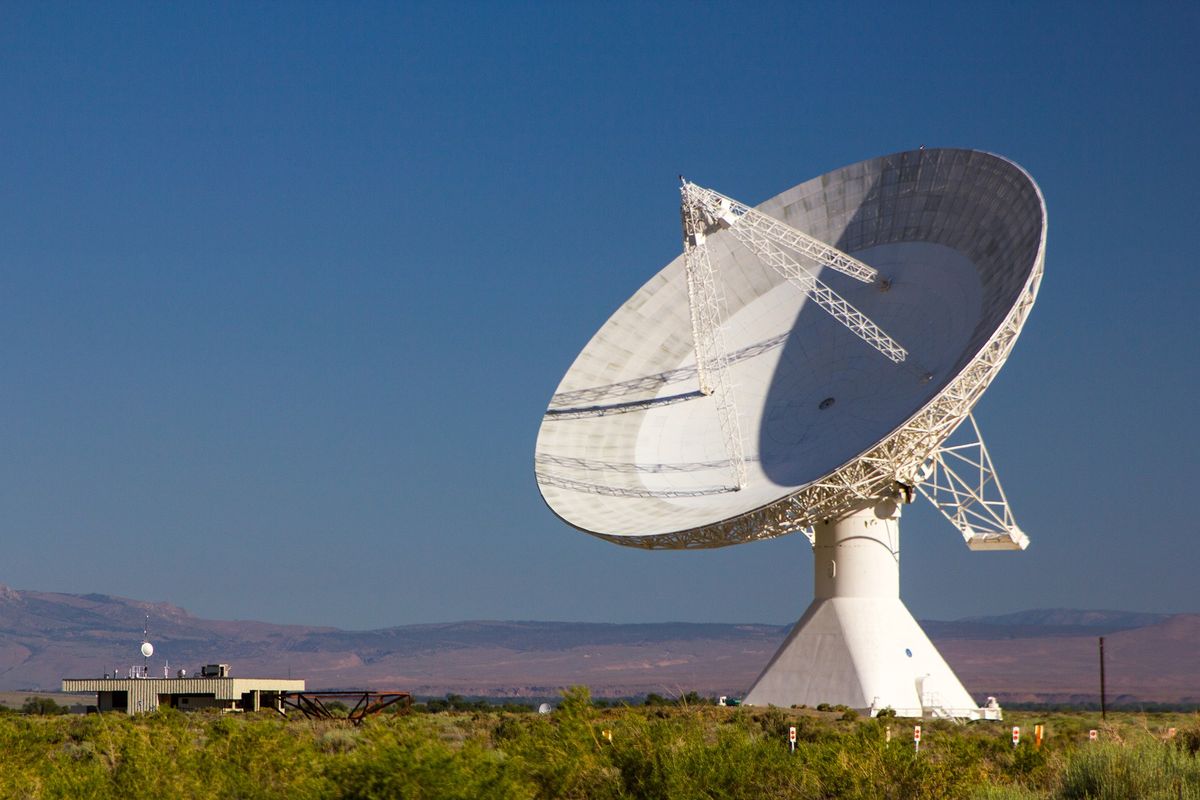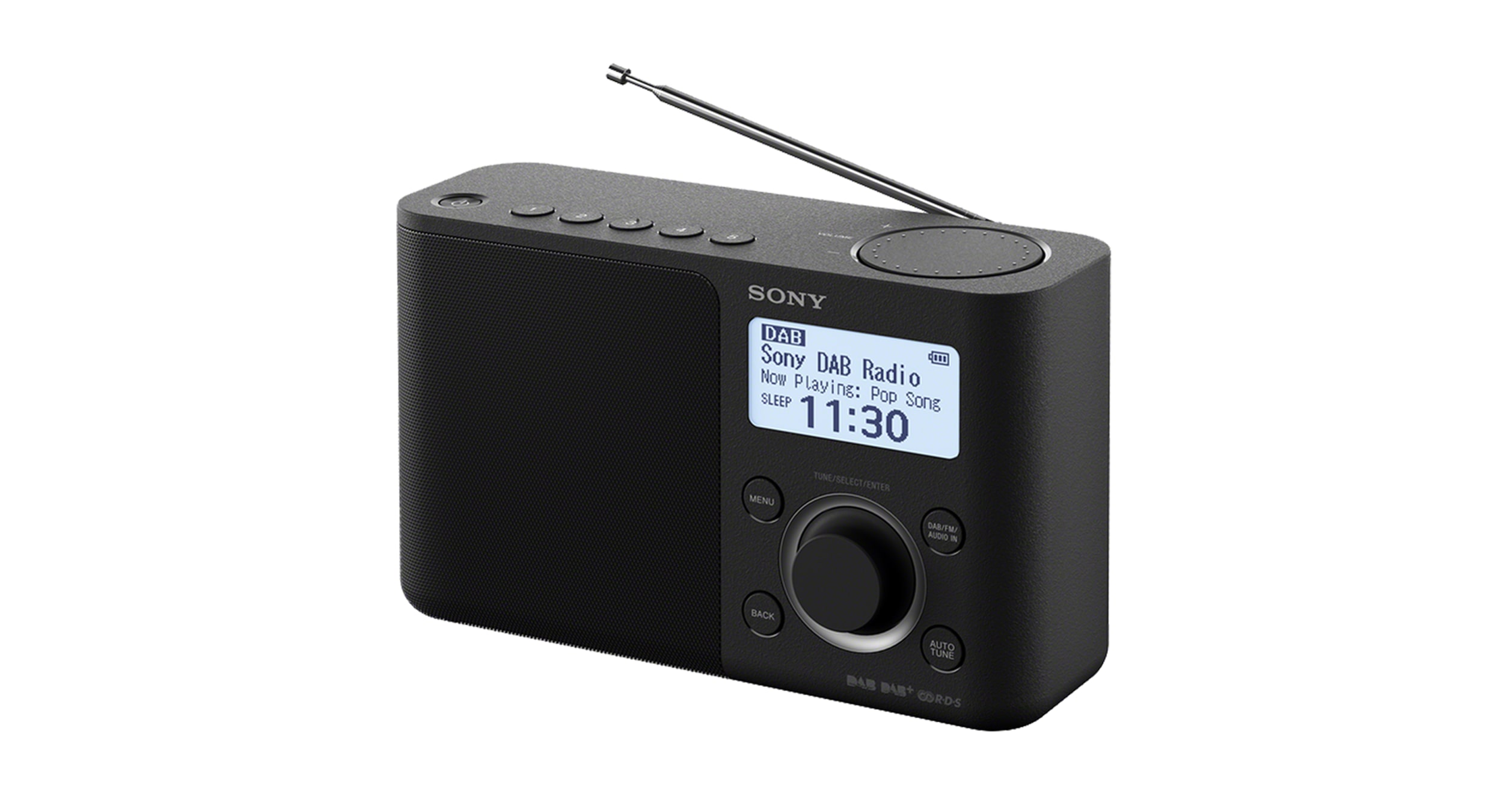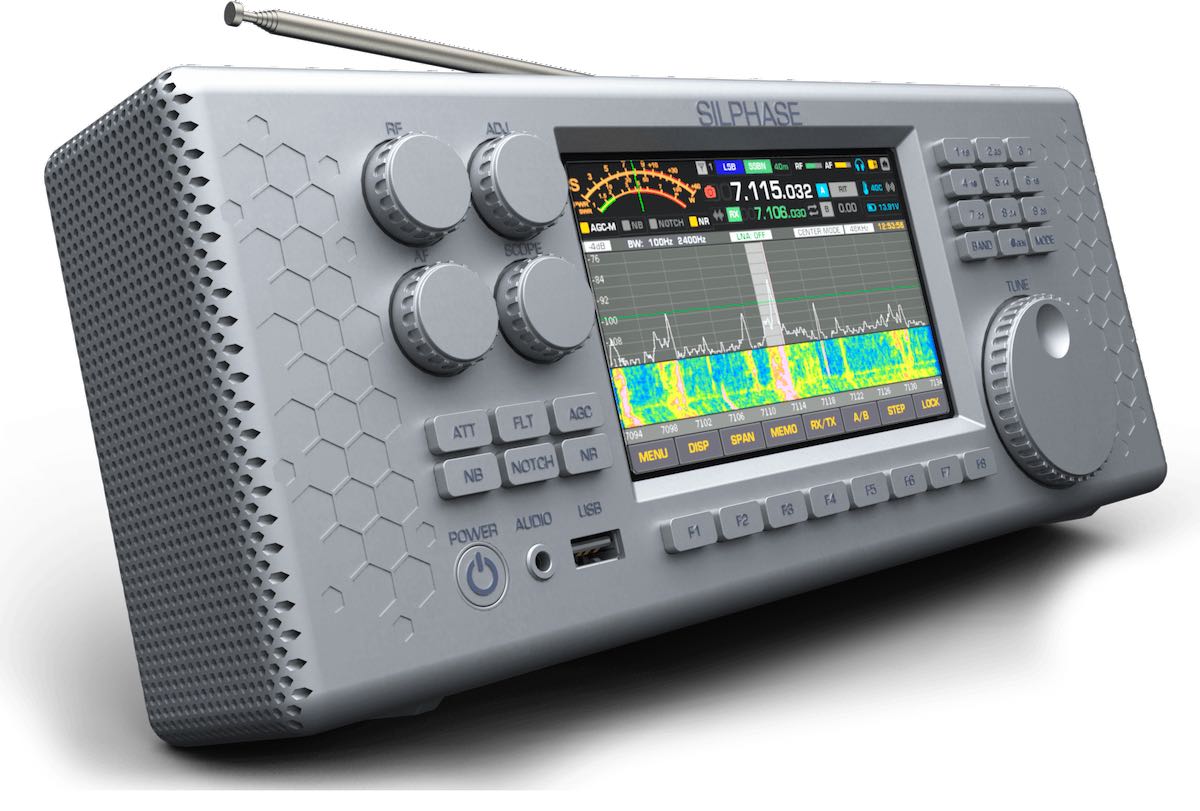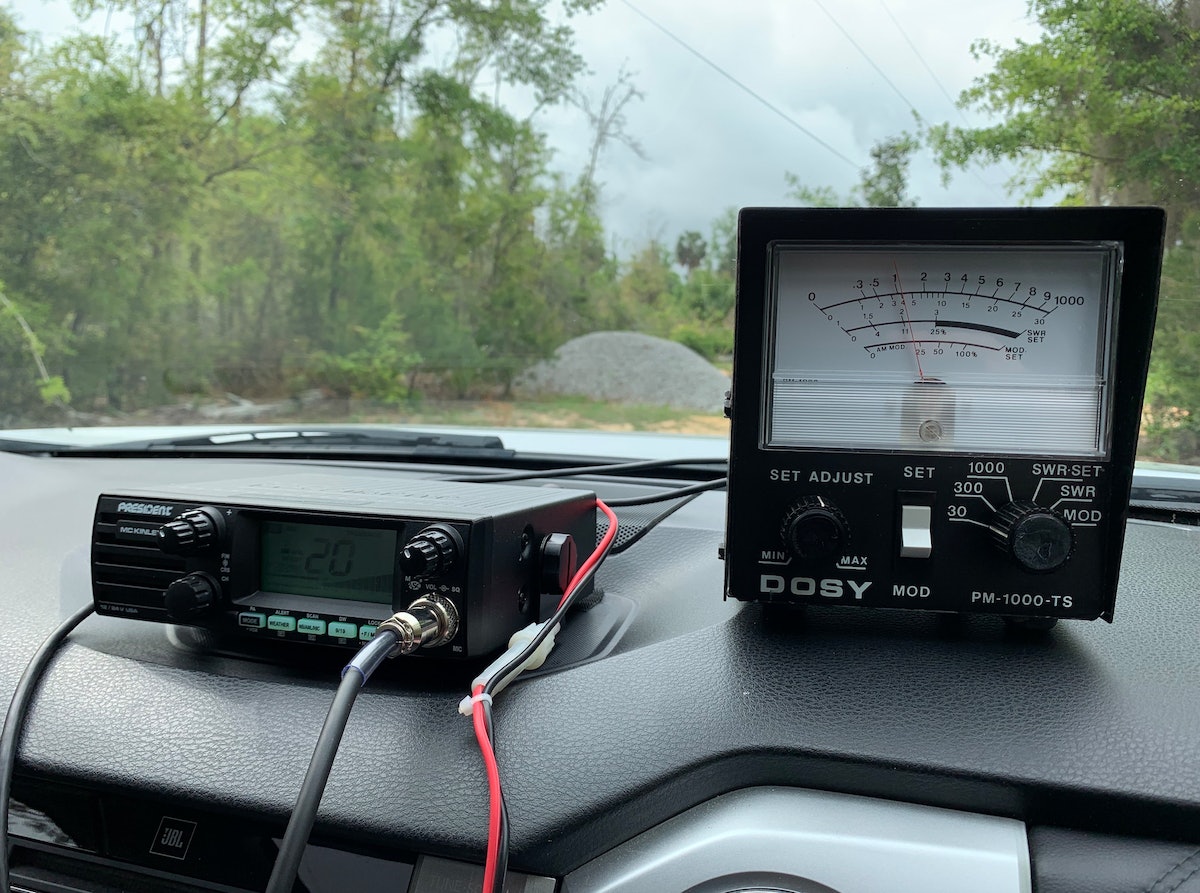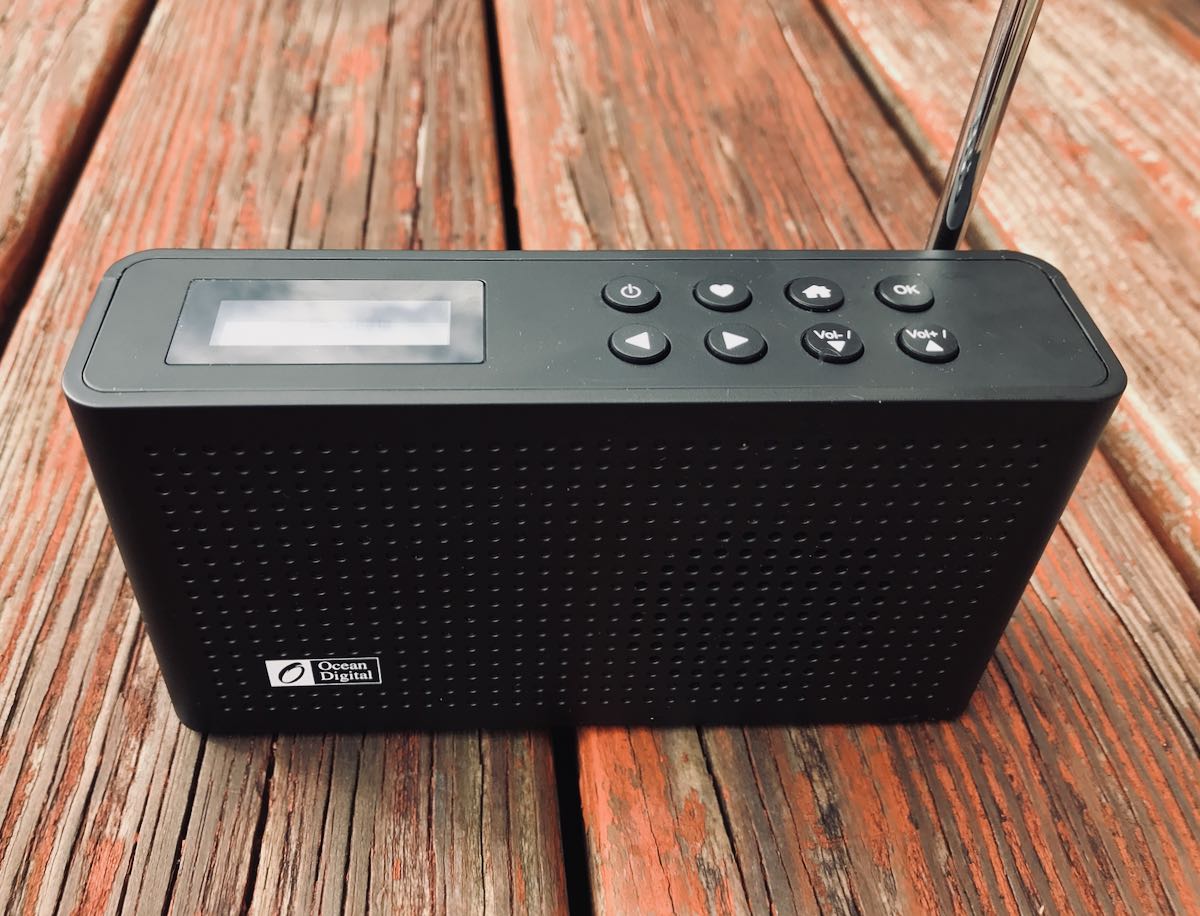Home>Devices & Equipment>Radio>What Is Ham Radio


Radio
What Is Ham Radio
Modified: January 22, 2024
Discover the world of ham radio and learn what it is all about. Explore the fascinating hobby of radio communication and unlock new possibilities.
(Many of the links in this article redirect to a specific reviewed product. Your purchase of these products through affiliate links helps to generate commission for AudioLover.com, at no extra cost. Learn more)
Table of Contents
Introduction
Welcome to the fascinating world of ham radio! Also known as amateur radio, ham radio is a hobby that revolves around wireless communication. It’s a global community of licensed operators who use designated radio frequencies to establish connections with people around the world.
Unlike commercial radio services, ham radio operators are not restricted to specific frequencies or limited to certain types of communication. They have the freedom to experiment with various equipment, formats, and techniques. This flexibility allows for a vast range of communication possibilities, from voice transmissions to data exchanges and even digital modes.
Ham radio is not just about communication; it’s a multifaceted hobby that combines elements of technology, science, community service, and exploration. It provides endless opportunities for learning, connecting with like-minded individuals, and making a positive impact during emergencies or disasters.
In this article, we will delve into the history of ham radio, discuss the licensing and regulations involved, explore the different equipment and operating modes available, highlight the benefits and uses of ham radio, discuss the Amateur Radio Emergency Service (ARES), mention the existence of ham radio clubs and communities, and provide useful resources for aspiring and experienced ham radio enthusiasts.
Whether you’re curious about this unique hobby, considering getting your amateur radio license, or simply interested in learning more about the world of ham radio, this article will serve as a comprehensive guide to help you navigate through the exciting realm of amateur radio.
History of Ham Radio
The roots of ham radio can be traced back to the late 19th century, when inventors and experimenters were exploring the possibilities of wireless communication. One key figure in the early development of radio technology was Guglielmo Marconi, who successfully transmitted wireless signals across the Atlantic Ocean in 1901.
Amateur radio began to flourish in the early 20th century as individuals became fascinated with the concept of wireless communication. In the United States, the term “ham” was used to refer to amateur operators because it was believed to have been derived from the phrase “ham-fisted,” which implies being clumsy or unskilled.
During World War I, radio technology played a critical role in military communication, and many individuals gained experience in wireless operations. After the war ended, these veterans continued to pursue their interest in radio and formed ham radio clubs and organizations to support the growing community of amateur operators.
The FCC (Federal Communications Commission) was established in 1934, and it assumed the responsibility of regulating and allocating frequencies for amateur radio use in the United States. Licensing requirements were put in place to ensure that operators had the necessary knowledge and skills to use radio equipment properly and responsibly.
The popularity of ham radio continued to grow throughout the 20th century, with many advancements in technology and operating modes. In the early years, Morse code communication was the primary method used for long-distance communication. However, advancements in voice transmission technologies, such as single-sideband modulation, made voice communication more accessible and widespread.
With the advent of the internet and digital technologies, ham radio has evolved to include various digital modes, such as packet radio, PSK31, and FT8. These digital modes make it possible to transmit data, text messages, and even images over the airwaves.
Today, ham radio is a thriving hobby enjoyed by millions of people around the world. It continues to play a vital role in emergency communication, scientific experimentation, public service, and intercultural exchange.
As we move forward, ham radio enthusiasts are eagerly embracing new technologies and exploring innovative ways to experience the thrill of wireless communication. The rich history of ham radio serves as a foundation for the active and dynamic community that exists today.
Licensing and Regulations
To operate a ham radio legally and responsibly, obtaining an amateur radio license is a requirement in most countries. These licenses are issued by the telecommunications regulatory authorities and are governed by specific regulations to ensure safe and efficient use of the radio spectrum.
In the United States, the Federal Communications Commission (FCC) is responsible for granting amateur radio licenses. There are three main license classes available: Technician, General, and Extra. Each class grants different privileges and operating capabilities.
To obtain a license, aspiring ham radio operators must pass an examination that covers various topics including radio regulations, operating procedures, basic electronics, and safety. The exam questions are based on a pool of questions maintained by the regulatory authority.
Once licensed, operators are assigned a unique call sign. This call sign serves as their identifier when communicating on the airwaves and distinguishes them from other operators. The call sign typically consists of a prefix, which indicates the country or licensing jurisdiction, followed by a series of letters and numbers.
Amateur radio licenses have certain restrictions and regulations related to frequency bands, transmission power, and operating modes. These regulations are designed to prevent interference with other radio services and to ensure fair and equitable use of the radio spectrum.
License holders are expected to operate within the established rules and guidelines, which include avoiding unauthorized frequencies, adhering to power limitations, identifying their transmission, and respecting the privacy of communications. Violations of these regulations can result in license revocation or other penalties.
It’s important for ham radio operators to stay up-to-date with the latest regulations and licensing requirements in their country. Regulatory authorities often provide resources and study materials to help license holders maintain their knowledge and skills.
In addition to licensing, there are international agreements and treaties that govern the use of specific frequency bands for amateur radio. These agreements ensure coordination and cooperation among different countries to avoid interference and encourage global communication.
Overall, licensing and regulations play a crucial role in the ham radio community by promoting responsible operation, protecting the integrity of the radio spectrum, and fostering a safe and enjoyable environment for all operators.
Equipment and Operating Modes
Ham radio operators have access to a wide range of equipment and operating modes, allowing them to explore various communication methods and adapt to different scenarios. The choice of equipment and operating mode depends on the operator’s interests, budget, and desired level of technical involvement.
At the most basic level, a ham radio station typically consists of a transceiver – a device that can both transmit and receive radio signals. Transceivers come in various forms, including handheld portable radios, mobile units for use in vehicles, and base station radios for fixed locations.
Antennas are a vital component of a ham radio station, as they are responsible for transmitting and receiving radio waves. Antennas can be mounted on rooftops, towers, or even portable setups for outdoor use. The type of antenna chosen depends on the frequency bands the operator wishes to work with and the available space.
Amateur radio operators have the option of using different operating modes to communicate with others. The most common modes include:
- Morse Code (CW): This is the original mode of communication in ham radio, using short and long signals to represent letters and numbers. It remains popular among enthusiasts who enjoy its simplicity and the challenge of using only sound.
- Single Sideband (SSB): SSB is the most widely used voice mode in amateur radio. It offers clear, high-quality audio transmission and is commonly used for long-distance communication.
- FM (Frequency Modulation): FM is commonly used for local communication and is popular on the VHF (Very High Frequency) and UHF (Ultra High Frequency) bands. It is the primary mode for handheld radios and repeater systems.
- Digital Modes: These modes use digital signals to transmit text messages, images, and data. Examples include PSK31, FT8, and APRS. Digital modes offer efficient, error-corrected communication and are well-suited for weak signal conditions.
- Satellite Communication: Ham radio operators can also communicate through amateur satellites in orbit. This unique aspect of the hobby allows for contacts with other operators around the world via orbiting satellites.
In addition to these operating modes, there are other niche modes and experimental technologies that enthusiasts may explore, such as SSTV (Slow Scan Television) for transmitting images, D-STAR for digital voice and data communication, and even high-frequency moonbounce for bouncing signals off the moon.
With advancements in technology, many modern transceivers support multiple operating modes, providing operators with flexibility and versatility. Ham radio operators can also integrate their stations with computers and software to expand their capabilities, such as logging contacts, decoding digital signals, and connecting to worldwide networks and online systems like EchoLink and DMR (Digital Mobile Radio).
Overall, the choice of equipment and operating modes in ham radio is vast, allowing operators to tailor their stations to their specific interests and preferences. Whether you prefer traditional Morse code communication, voice conversations, or exploring cutting-edge digital technologies, ham radio offers a wealth of options to continually learn, experiment, and connect with fellow enthusiasts.
Benefits and Uses of Ham Radio
Ham radio offers a multitude of benefits and uses that make it an incredibly rewarding hobby and a valuable tool in various contexts. Here are some of the key benefits and uses of ham radio:
- Amateur Radio Emergency Service (ARES): One of the most critical uses of ham radio is in emergency communication. During natural disasters or other emergencies when traditional means of communication may be compromised, ham radio operators provide vital links for emergency personnel, transmitting important information, coordinating rescue efforts, and assisting in disaster response.
- Community Service and Public Events: Ham radio operators often volunteer their time and skills to support local communities and public events. They provide communication services for marathons, parades, and other large gatherings, ensuring the smooth flow of information and enhancing public safety.
- Global Communication: Ham radio allows for direct communication with individuals all over the world, providing an opportunity for cultural exchange, making new friends, and expanding one’s understanding of different cultures and perspectives.
- Technical Learning and Experimentation: Ham radio offers a hands-on experience with various aspects of electronics, antennas, propagation, and radio frequency communication. It provides an avenue for continuous learning and experimentation with equipment modifications, building antennas, and exploring different operating modes.
- Disaster Preparedness: Ham radio operators often play a crucial role in disaster preparedness by participating in drills, practicing emergency communication procedures, and sharing knowledge with the community. They can establish communication networks that are independent of traditional infrastructure, ensuring communications remain operational in times of crisis.
- Exploration and Adventure: Ham radio operators can venture into the wilderness, contact others from remote locations, and participate in activities like Summits On The Air (SOTA) or Islands On The Air (IOTA). This aspect of ham radio combines outdoor exploration with the joy of radio communication.
- Education and Science: Ham radio can be an excellent educational tool in schools and universities. It offers students hands-on experience with technology, enhances their understanding of physics and electronics, and fosters an interest in STEM (Science, Technology, Engineering, and Mathematics).
- Personal Development: Engaging in ham radio helps individuals develop a range of skills, including communication, problem-solving, critical thinking, and teamwork. It promotes personal growth, fosters a sense of responsibility, and encourages lifelong learning.
These are just a few examples of the many benefits and uses of ham radio. Whether it’s serving the community during emergencies, connecting with people worldwide, fostering technical skills, or exploring new frontiers of communication, ham radio offers an array of opportunities for personal enrichment, utility, and service to others. It is a dynamic and rewarding hobby that continues to play a vital role in our increasingly interconnected world.
Amateur Radio Emergency Service
The Amateur Radio Emergency Service (ARES) is a vital component of ham radio’s role in emergency communication. ARES is a volunteer organization comprised of licensed amateur radio operators who dedicate their time, skills, and equipment to support emergency response agencies in times of crisis.
When traditional communication systems fail or are overwhelmed during emergencies such as natural disasters, ARES operators step in to provide reliable and resilient communication links. They establish communication networks, coordinate with emergency management agencies, and assist in relaying critical information between responders and command centers.
ARES operators are trained in emergency communication protocols and procedures. They develop proficiency in setting up temporary radio stations, operating in challenging environments, and passing messages accurately and efficiently. ARES teams often work in collaboration with other emergency service providers, such as law enforcement, fire departments, and humanitarian organizations, to ensure seamless coordination and effective communication during emergencies.
The benefits of ARES extend beyond natural disasters. ARES operators also support public events, such as parades, festivals, and marathons, where reliable communication is essential for crowd management and emergency response. They volunteer their time to provide a secure communication backbone, ensuring the safety of participants and spectators.
In addition to their technical skills, ARES operators often receive training in emergency preparedness, incident management, and disaster response. They actively participate in drills and exercises to refine their skills, test equipment, and strengthen their ability to respond swiftly and effectively in real-life situations.
ARES is an integral part of the ham radio community’s commitment to public service. It demonstrates the value of amateur radio as a tool for community resilience and emergency preparedness. ARES provides an opportunity for licensed operators to apply their passion for ham radio in a meaningful and impactful way, making a difference in their communities during times of crisis.
ARES teams operate under the guidance of their respective local, regional, or national emergency management agencies. They follow established protocols and guidelines to ensure interoperability and coordination with other emergency response entities.
Overall, the Amateur Radio Emergency Service plays a vital role in emergency communication, providing a lifeline when traditional systems are compromised. The dedication and expertise of ARES operators contribute to the safety and well-being of their communities, making a significant impact during times of crisis.
Ham Radio Clubs and Communities
Ham radio enthusiasts thrive in a strong sense of camaraderie and community. Joining a ham radio club offers numerous benefits, including opportunities for learning, mentorship, social interaction, and participation in various activities. These clubs play a pivotal role in fostering the growth and development of amateur radio enthusiasts.
Ham radio clubs provide a platform for like-minded individuals to connect, share experiences, and exchange knowledge. They organize regular meetings, field days, contests, and special events that bring together radio operators of all skill levels. These gatherings offer a chance to showcase equipment, demonstrate operating techniques, and engage in friendly competition.
Clubs often have experienced members who are willing to mentor newcomers and help them navigate the diverse aspects of ham radio. They provide guidance on licensing, equipment selection, antenna design, and operating procedures. Mentorship ensures the smooth transition into the hobby and helps foster a supportive learning environment.
Many ham radio clubs actively participate in community service initiatives. They organize events where radio operators provide communication support for public gatherings, sporting events, and charity fundraisers. This involvement not only showcases the capabilities of ham radio but also reinforces its value as a resource for public safety and emergency preparedness.
Ham radio clubs also facilitate networking opportunities within the amateur radio community. They maintain repeater systems, online forums, and mailing lists where operators can connect with others nearby or around the world. These connections often lead to lasting friendships and collaborations on projects and special events.
There are numerous specialty clubs within the ham radio community that cater to specific interests. These clubs focus on various aspects of the hobby, such as contesting, low-power operations, satellite communication, antenna experimentation, and digital modes. Joining these specialty clubs allows enthusiasts to delve deeper into their specific areas of interest and interact with individuals who share the same passions.
Amateur radio conventions, such as Hamvention and the Dayton Hamvention, are annual gatherings that attract ham radio operators from around the world. These events offer a wealth of vendor exhibits, educational forums, and social activities that create opportunities for learning, discovery, and building relationships with fellow enthusiasts.
Ham radio clubs and communities extend beyond geographical boundaries. Online platforms, such as internet forums, social media groups, and specialized websites, provide a virtual space for radio operators to connect, discuss, and seek advice. These online communities facilitate knowledge exchange and offer a means of communication for operators unable to attend physical club meetings.
Being part of a ham radio club or community provides a support system for operators, empowering them with resources and a network of like-minded individuals. Whether it’s sharing experiences, learning new techniques, or contributing to public service initiatives, ham radio clubs foster a sense of belonging and camaraderie that enriches the amateur radio journey.
Resources for Ham Radio Enthusiasts
Ham radio enthusiasts have a wealth of resources available to support their hobby and help them explore the fascinating world of amateur radio. Whether you’re a beginner looking to get licensed or an experienced operator seeking advanced knowledge, these resources can be invaluable in your ham radio journey:
- License Study Guides: There are numerous study guides and manuals available that cover the topics required to pass the amateur radio license exams. These guides provide comprehensive explanations, practice questions, and tips to help aspiring hams prepare for their license exams.
- Online Forums and Communities: Online forums and communities, such as QRZ.com, eHam.net, and Reddit’s r/amateurradio, provide platforms for ham radio enthusiasts to connect, seek advice, share experiences, and discuss various aspects of the hobby. These communities foster learning, knowledge exchange, and camaraderie among operators worldwide.
- Ham Radio Publications: There are several magazines and publications dedicated to amateur radio, such as QST, CQ Amateur Radio, and ARRL’s On the Air magazine. These publications offer articles, technical insights, reviews of equipment, project ideas, and updates on regulatory and operational aspects of the hobby.
- Online Learning Platforms: Websites like HamStudy.org and HamRadioPrep.com offer online courses and study materials for those pursuing their amateur radio licenses. These platforms provide structured learning modules, practice exams, and interactive resources to help individuals grasp the necessary concepts and pass their license exams.
- Ham Radio Associations and Organizations: Associations like the American Radio Relay League (ARRL) and Radio Society of Great Britain (RSGB) play a vital role in supporting and representing the interests of amateur radio operators. They offer a plethora of resources, publications, technical information, online libraries, and networking opportunities for their members.
- Local Ham Radio Clubs: Joining a local ham radio club allows enthusiasts to connect with experienced operators, attend meetings and presentations, participate in contests and events, receive mentorship, and enjoy the camaraderie of fellow radio enthusiasts. Local clubs often maintain repeaters and offer opportunities for hands-on learning and experimentation.
- Equipment Manufacturers and Resellers: Manufacturers and resellers of ham radio equipment often provide product manuals, user guides, and technical support for their products. They can offer valuable resources to help operators maximize the potential of their radios, antennas, and other accessories.
- Ham Radio License Exams: Local amateur radio clubs, testing teams, and regulatory bodies conduct license exams at designated intervals. These exams assess the knowledge and skills required to obtain different license classes. Check with your local ham radio club or regulatory authority for exam schedules and study resources.
- Online Tutorials and YouTube Channels: Many individuals and organizations create online tutorials and YouTube channels dedicated to ham radio. These resources cover a wide range of topics, including equipment reviews, antenna design, operating techniques, emergency communication practices, and troubleshooting tips.
These resources provide a strong foundation for ham radio enthusiasts, ensuring access to knowledge, guidance, and support at every stage of their amateur radio journey. Whether it’s obtaining your license, expanding your technical skills, or staying abreast of the latest developments in the hobby, these resources are invaluable in nurturing your passion for ham radio.
Conclusion
Ham radio, also known as amateur radio, is a captivating hobby that combines technology, communication, and community involvement. It offers a world of exploration, learning, and service to those who embrace it. Throughout this article, we have explored the history of ham radio, the licensing and regulations involved, the equipment and operating modes available, the benefits and uses of ham radio, the Amateur Radio Emergency Service (ARES), ham radio clubs and communities, and the plethora of resources available to enthusiasts.
From its humble beginnings to the present day, ham radio has evolved into a multifaceted hobby that connects people across the globe. It provides a platform for learning and experimenting with various communication modes, nurturing technical skills, and fostering personal growth. The licensing process ensures responsible and knowledgeable operation of radio equipment, while regulations ensure fair and efficient use of the radio spectrum.
Ham radio enthusiasts play a vital role in emergency communication through organizations like ARES, providing support in times of crisis and assisting public safety agencies. They also use their skills and equipment to serve their communities during public events and contribute to disaster preparedness efforts.
Being part of ham radio clubs and communities offers opportunities for mentorship, social interaction, and sharing knowledge with fellow operators. These communities provide support, camaraderie, and a platform to engage in activities, contests, and public service initiatives. They also facilitate networking and collaboration, both locally and internationally.
In the digital age, ham radio continues to thrive as a vibrant and dynamic hobby. The availability of resources, including license study guides, online forums, ham radio publications, and training materials, enhances the learning experience and supports continuous growth. These resources, along with the wealth of knowledge shared within the ham radio community, enable enthusiasts to stay informed, explore new technologies, and develop their skills.
Ham radio is not just a hobby; it’s a passion that connects individuals across borders, transcending language, culture, and distance. It empowers operators to engage in global communication, provide public service, contribute to emergency preparedness, and continually learn and innovate. Ham radio enthusiasts form a diverse and vibrant community, united by their shared love for wireless communication and their commitment to making a difference in the world.
Whether you’re a newcomer eager to embark on your ham radio journey or an experienced operator looking for new avenues to explore, the world of ham radio welcomes you with open arms. Embrace the adventure, connect with like-minded individuals, and discover the boundless possibilities that await you in the captivating realm of amateur radio.


